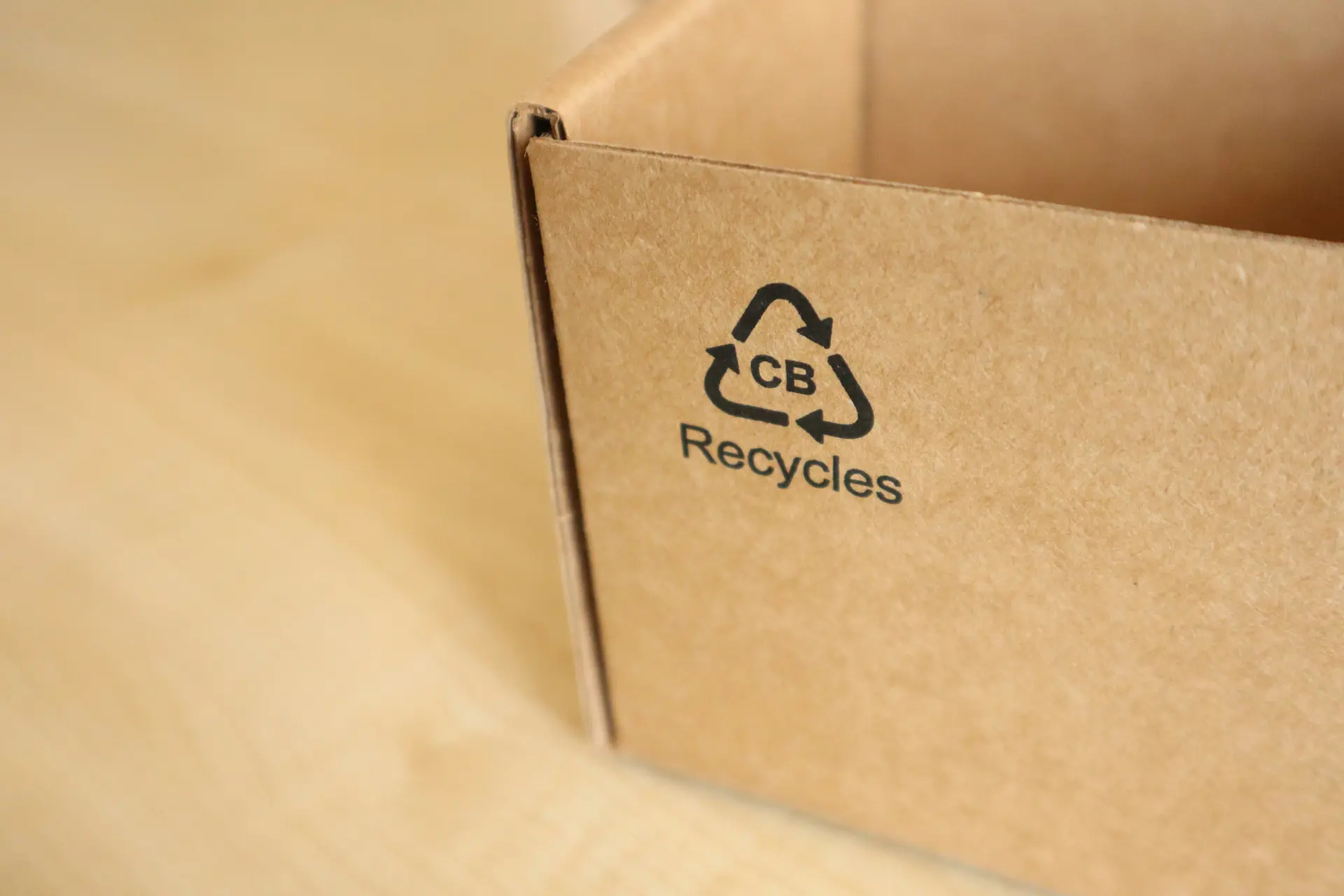What Is EPR: An Introduction
In a world increasingly conscious of environmental concerns, Extended Producer Responsibility (EPR) emerges as a pivotal concept in waste management and sustainability. Understanding EPR involves delving into its definition, origins, and overarching importance in shaping contemporary environmental policies and practices.
Introduction to EPR
Definition of EPR
Extended Producer Responsibility (EPR) is a policy approach that places the responsibility for the post-consumer phase of products onto the producers. In simpler terms, it means that companies manufacturing products are accountable for managing those products once they become waste.
Origins of EPR
The roots of this policy can be traced back to the late 20th century when environmental awareness surged globally. It gained momentum as governments sought effective solutions to tackle escalating waste management challenges and mitigate environmental degradation.
Importance of EPR
Extended Producer Responsibility plays a crucial role in promoting a circular economy, where resources are utilised efficiently and waste is minimised. By shifting the burden of waste management onto producers, EPR incentivises eco-friendly product design and encourages the adoption of sustainable practices throughout the supply chain.
How Does EPR Work?
Mechanisms of EPR
EPR operates through a series of interconnected mechanisms, including collection, sorting, and recycling.
Collection
Producers establish collection systems to retrieve discarded products from consumers, either through dedicated collection points or in collaboration with local authorities.
Sorting
Once collected, products undergo sorting processes to segregate recyclable materials from non-recyclable ones, facilitating efficient recycling.
Recycling
Recyclable materials are then processed and reintegrated into the production cycle, reducing the demand for virgin resources and minimising waste generation.
The Evolution of EPR Policies
Historical Context
Early Adoption
The concept of EPR gained traction in the 1970s, primarily in European countries such as Germany and Sweden, where pioneering legislation laid the groundwork for subsequent developments.
Global Trends
Over the years, EPR principles have been embraced worldwide, with numerous countries implementing their own EPR frameworks to address environmental concerns and meet sustainability targets.
Current Landscape
Legislative Frameworks
Today, EPR is enshrined in legislation across various jurisdictions, mandating producers to take responsibility for the end-of-life management of their products.
Industry Participation
Industry stakeholders play a crucial role in implementation, collaborating with policymakers and investing in sustainable practices to meet regulatory requirements and enhance their environmental credentials.
Benefits of EPR
Environmental Impact
Waste Reduction
These initiatives contribute to reducing the volume of waste sent to landfills or incineration, mitigating environmental pollution and conserving valuable landfill space.
Resource Conservation
By promoting the recovery and recycling of materials, EPR conserves finite resources and minimises the environmental footprint associated with resource extraction and production.
Economic Advantages
Cost Savings
EPR can yield cost savings for producers by optimising resource use, streamlining production processes, and reducing the financial burden of waste management.
Job Creation
The transition towards a circular economy underpinned by EPR creates opportunities for job creation, particularly in the recycling and resource recovery sectors.
Social Implications
Community Engagement
EPR fosters community engagement by encouraging active participation in waste management practices and raising awareness about environmental issues.
Public Awareness
Through educational initiatives and outreach programmes, EPR promotes public awareness of sustainable consumption patterns and the importance of responsible waste disposal.
Challenges and Criticisms
Implementation Challenges
Cost Burden
Critics argue that implementing EPR schemes may impose financial burdens on producers, particularly small and medium-sized enterprises (SMEs), impacting their competitiveness and profitability.
Compliance Issues
Ensuring compliance with these regulations poses challenges, requiring robust monitoring and enforcement mechanisms to deter non-compliance and uphold accountability.
Controversies
Extended Producer Responsibility
Some contend that EPR places disproportionate responsibility on producers, overlooking the role of consumers and other stakeholders in fostering a more sustainable society.
Opposition from Industry
Certain industries may resist EPR mandates, citing concerns over increased regulatory compliance costs and potential disruptions to established business models.
Future Outlook of EPR
Innovations in EPR
Technology Advancements
Advances in technology, such as blockchain and artificial intelligence, hold promise for enhancing the efficiency and transparency of EPR systems, facilitating traceability and accountability throughout the product lifecycle.
Policy Innovations
Policymakers continue to explore innovative approaches, including product stewardship schemes and eco-modulation of fees, to incentivise sustainable practices and adapt to evolving market dynamics.
Potential Expansion
Emerging Sectors
The frameworks may extend beyond traditional product categories to encompass emerging sectors such as electronics, textiles, and packaging, reflecting changing consumption patterns and evolving waste streams.
International Cooperation
Collaborative efforts at the international level are essential for addressing transboundary waste flows and harmonising EPR policies across borders, promoting a cohesive global approach to sustainability.
How 4Pack Can Help
Launching a new product involves navigating a myriad of challenges, from packaging regulations to sustainability management, accurate labelling, and precise specifications. Fortunately, 4Pack offers a comprehensive suite of solutions to simplify these processes and facilitate compliance, sustainability, and efficiency.
Compliance with Packaging Regulations Made Easy
Navigating packaging regulations can be complex, but with 4Pack’s intelligent software, it becomes a breeze. Our platform automates the tracking and management of regulatory requirements specific to your industry and target markets. Stay updated on the latest regulations and ensure compliance throughout your product’s lifecycle, mitigating the risk of penalties and instilling confidence in your new product launch.
Empowering Sustainability Management
In today’s market, sustainability is paramount, and 4Pack empowers businesses to take a proactive approach. Evaluate the environmental impact of your packaging choices, optimise material usage, and minimise waste with our platform. Identify sustainable alternatives, monitor progress, enhance your brand’s reputation, attract environmentally conscious customers, and contribute to a greener future.
Ensuring Accuracy in Labels and Artwork
Accurate labels and artwork are critical for product success, and 4Pack ensures precision and consistency. Centralise label and artwork management, maintain version control, and comply with regulatory guidelines effortlessly. Collaborate seamlessly with stakeholders, streamline approval processes, and reduce errors. Efficient management enhances brand consistency, speeds up time-to-market, and gives your new product a competitive edge.
Streamlining Product and Packaging Specifications
Precise product and packaging specifications are essential for quality control and supply chain efficiency, and 4Pack’s solution simplifies their management. Our platform provides a centralised repository for all specifications, ensuring data integrity and accessibility across teams. Automate workflows to streamline creation, review, and approval processes, minimising errors and delays, and ensuring seamless operations.
Want to learn more? Speak to us today and begin your journey towards improved efficiency.



